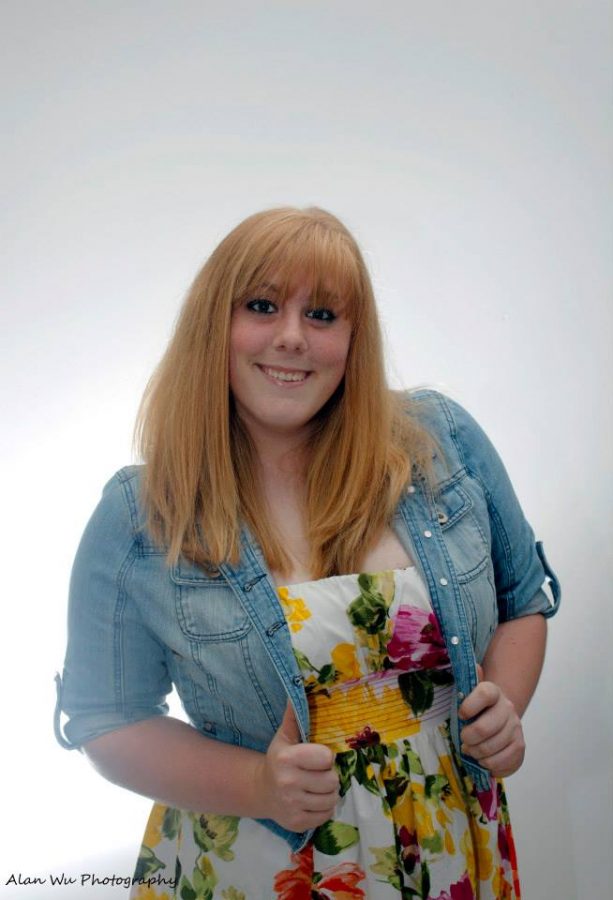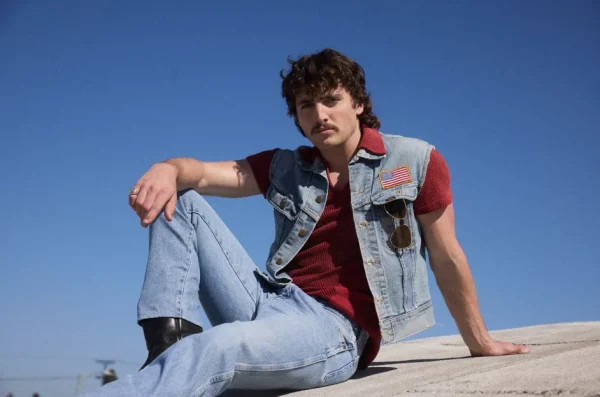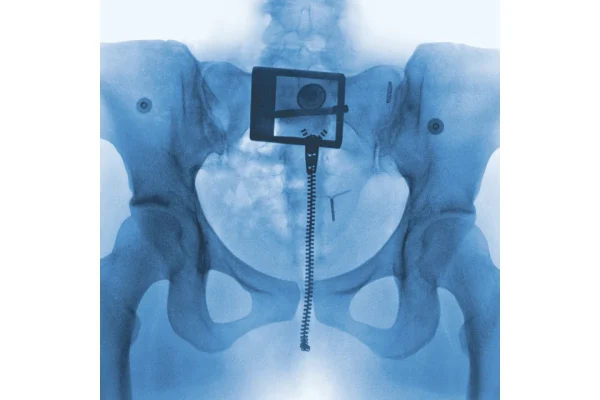OPINION: A watchful eye can prevent another OU campus assault
Watchdogs and upgraded sexual assault prevention are only two of many ways to prevent another sexual assault on college campuses. According to RAINN (Rape, Abuse, & Incest National Network), 23.1 percent of undergraduate women and 5.1 percent of undergraduate men experience rape or sexual assault.
A student reported a sexual assault on Oakland University’s campus in late September. The news reignited the fire that burns for justice for the survivors.
Last year, I conducted interviews with 10 Oakland students on the topic of sexual assault. Questions such as, “has it happened to you?”, “has it happened to a friend?” and “has sexual assault affected your life in some way?” were asked.
Ninety percent of those interviewed have been affected by sexual assault in some way. 40 percent of those individuals experienced sexual assault. 10 out of 16,568 Oakland students were interviewed, but statistics show that one in five women, and one in 16 men are sexually assaulted while in college.
Oakland has a Sexual Assault and Violence Initiative. This provides ways for students to report a sexual crime, links to resources if a student is not yet ready to report an incident and the university’s own “It’s On Us” video.
However, according to the Huffington Post, ninety-nine percent of perpetrators of sexual violence will walk free.
The Trump Administration, with the help of Betsy DeVos, erased the Obama-era procedures on investigating campus sexual assault. This change allows each college to choose what evidence they will use in sexual assault cases. “The clear and convincing evidence” that is now necessary to obtain is difficult to retrieve due to the fear survivors have in coming forward with sexual assault claims.
In a New York Times article, Fatima Goss Graves, president of the National Women’s Law Center, said, “It will discourage students from reporting assaults, create uncertainty for schools on how to follow the law and make campuses less safe.”
Well now, things just got harder for survivors. Thanks, Betsy.
But, recently a survivor storm brewed through the hashtag #MeToo. Twitter confirmed with CBS News that over 1.7 million tweets included the hashtag, with 85 countries that had at least 1,000 #MeToo tweets. Recently, TIME Magazine recognized these survivors with its “Person of the Year” edition.
Not only has social media brought together millions of survivors with a story to tell, it has also ignited Hollywood stars to expose many men in the industry who have committed assault and gotten away with it. Men such as Harvey Weinstein, Kevin Spacey and Louis C.K. have been outed as sexual assault assailants. Actresses such as Sophia Bush, Natalie Portman and Rose McGowan have spoken of terrible times on and off set with men they were expected to trust.
One important factor that lends a hand to survivor silence is the media. The media is responsible for informing an audience of accurate, truthful news. Yet, the headlines on articles of rapist Brock Turner’s trial read, “Stanford Star Swimmer Alleged Sexual Assault” with a photo of a smiling, clean-cut, face instead of reading “Male College Student Accused Of Rape.”
It’s time to bring light to the wrongdoings in our culture. It’s important to stand up for those losing themselves due to the emotional backlash of being violated. They need a voice, so students and faculty on campus need to raise theirs.








